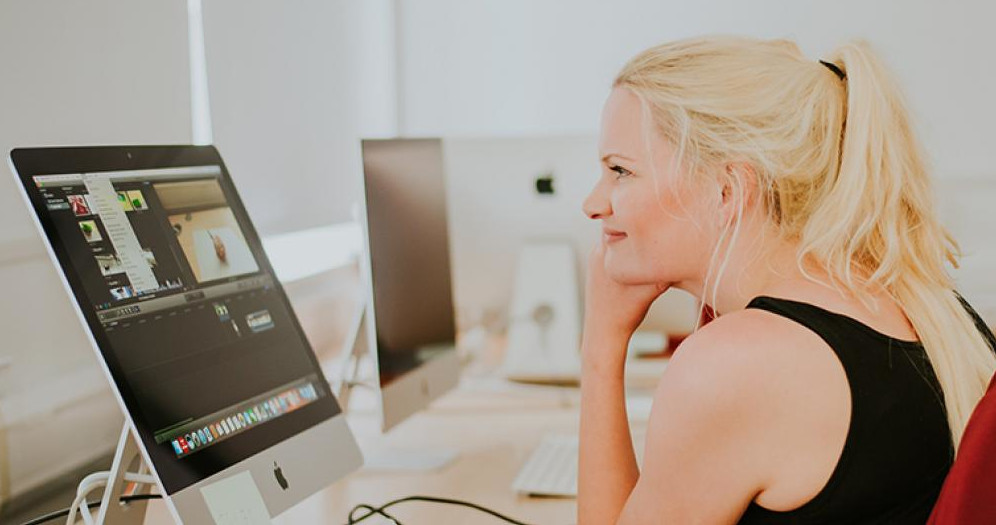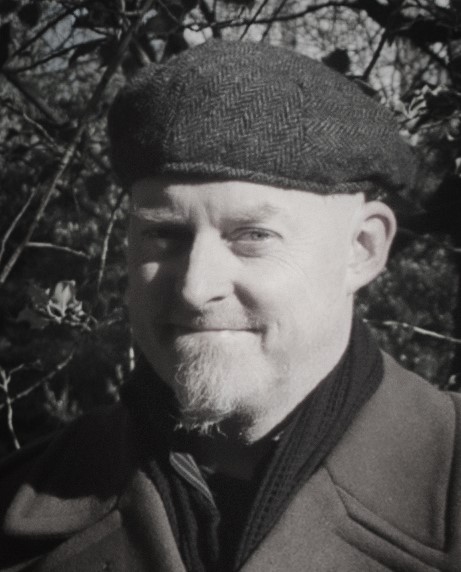
In this post, Gavin Inglis reflects on how the student experience has been improved in ‘the spaces in between’ in-person and online teaching. Gavin is Director of Digital Education at the Centre for Open Learning. This post is part of the January and February Learning & Teaching Enhancement Theme: Online/hybrid enhancements in teaching practice.
In 2020/2021, the Centre for Open Learning (COL) made the swift pivot to online teaching. The move foregrounded existing conversations about what form teaching could take, but those conversations initially had to take second place to ‘survival mode’-thinking. The English Language pre-sessional means COL is busy when other departments have an opportunity to pause; and since the Centre relies on Guaranteed Hours staff to teach many of its diverse programmes, time for reflection is necessarily limited. This academic year sees the Centre return to in-person teaching whilst retaining a vibrant online offering. As teachers explore the spaces in between, student experience has improved.
David Santiuste, a teacher of History, applied flipped classroom thinking to reshape traditional short courses such as ‘The Wars of the Roses: Politics, Warfare and Society in Late Medieval England’. The elements he used were not in themselves revolutionary: pre-recorded lectures prepare students for weekly interactive tutorials, and asynchronous discussion is available between sessions in an optional web forum. This pattern was common to many short courses.

However, rather than simply recording his existing lectures, David opted for a more compressed format inspired by podcasts. He broke the material into 15-25 minute tightly scripted chunks that students could consume in whatever way suited them. Some students found the accompanying illustrations helped them retain information. Some liked to pause and rewind. One student found he could absorb his medieval politics and warfare best while exercising.
Benefits of this approach first became apparent in the tutorial sessions. David began with a ‘debrief’ of his lecture material, inviting students to tease out key themes for that week and clarify anything that was unclear. The tutorials combined full-class discussion, breakout groups, and quiet reading of sources. This structure is much closer to an in-person class, but variety of activity helped combat online fatigue.

David found that the students arrived at the interactive sessions confident that they had a solid base for further learning. One commented that he felt a new sense of energy around the live sessions, knowing he had already completed the ‘passive’ learning for the week.
This reaction from students was not unique. Many teachers across the Centre reported mid-course feedback of students feeling more engaged with the course materials, and more deeply connected with academic discussion than they had previously felt during on-campus classes.
The Access team examined student experience more directly using a hybrid approach. Access is a part-time programme designed as a bridge to undergraduate study at the College of Humanities, Arts and Social Science. The participants are non-traditional students by definition: some have not completed the usual academic prerequisites, and some are returning after a long break in their formal education. Flexibility is built into the Access Programme; even before COVID-19, students could choose from morning, afternoon or evening classes to suit their work or caring responsibilities.
In December, programme director, Rachael King, convened a focus group with the College Widening Participation team. The group canvassed students about their experience of transitioning from Access to first year undergraduate courses. The option of in-person or online participation allowed connection with students who might not have been able to travel to campus that day.
The formalities of video meetings can be a nuisance, particularly when applied in a hybrid setting. But the focus group found that requiring a raised hand to speak, whether real or virtual, gave the meeting more structure than an in-person, organic discussion, and made space for everybody to express their view. Having a facilitator repeat in-room comments for the online participants provided clarity and velocity to the meeting.
Part of the success of the Widening Participation focus group can be attributed to a briefing Padlet, which asked questions of participants before the meeting. They arrived knowing what to expect, and with contributions already formed. Their side observations were preserved in the comments box. Although these students had worked through the entire 2020/2021 programme together, for the in-person attendees, this was the first time they had met face-to-face.
In the early days of the pandemic, it was necessary to focus on tackling the difficulties presented by an online pivot. But the Centre for Open Learning is now seeing real benefits for students in terms of flexibility, accessibility and engagement. Not every class will become a hybrid one, and the conversations will continue. But insights from the pandemic experience are driving change.
 Gavin Inglis
Gavin Inglis
Gavin is Director of Digital Education at COL, and a Teaching Fellow in Creative Writing, specialising in fiction for new media.

